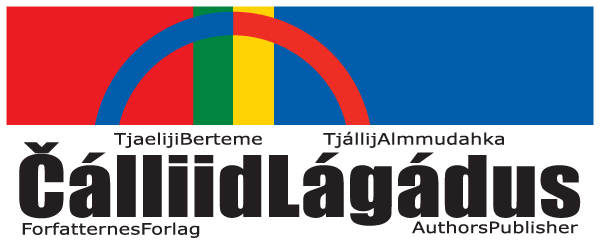|
|
A North American Review of Johan Turi´s An Account of the Sámi, by Rosalie Sundin.
“An Account of the Sámi”
Translated by Dr. Thomas Dubois
Review by Rosalie G. Sundin
Unless our ancestors understood the importance of passing on the stories of their culture and history, today we are apt to find ourselves with very little actual knowledge of what day-to-day life was like for our great-grandparents (much less the hundreds of generations that came before them.) Added to that, when one’s emigrant ancestors deliberately concealed their culture and ethnicities, we end up stumbling along misleading paths – laden with conflicting and confusing stories.
Such has been the story of my family, despite the decades I spent combing through census records and family genealogies, and the volumes of histories of Norway, Sweden, and Finland which I pored over. While I knew the names of generations of those who came before me, and even when they were born and died (hundreds of years before), I had little insight into who they really were, and what their daily lives were like. Today thousands of Scandinavian-Americans like me are only now discovering that the great-grandparents they thought were Finnish, or Swedish or Norwegian -- were actually the indigenous people of the Arctic: the Sámi.
Now we have the newly translated treasure by Johan Turi, An Account of the Sámi, describing the experiences and daily events of our great-great-grandparent’s lives – what they would have seen, and tasted, and touched more than a hundred years ago! Through Turi’s words, I even learned of the cures the women at Eidstranda would have employed, as they tried to save my great-great-grandmother Ragnhild, who lay dying in childbirth -- and how they wrapped her newborn Bertha, before tucking her snuggly into a warmly lined gietkka. As his youngest, last-born daughter, my great-grandmother must have been her father Lars’ áhči jiellat!
With each page I turned, I could see the annual migration of the vast herds of reindeer as they traversed my family’s farmplace along the coast of Ullsfjørd. I could feel the bitter cold that could turn newly-fallen snow into ceavvi that crunched underfoot – the cold that forced my ancestors to bend over in the icy, stinging wind, as they pushed themselves on toward the warmth and safety of their goahti. How much the Sámi endured, despite their often limited resources, was a testament to their understanding of (and respect for) the Arctic world they lived in, and of their resilience and wisdom.
Reprinted in 2010, a hundred years after his book was first published, Johan Turi’s voice has reopened a window onto the generations that came long before us! He describes how the routines of verdde made lives in the siiddat easier for everyone, and shares the poetry (and often humor) of their yoiks. Through the folk-tale about how the loon got his feet, the irony of the traditional Stallu stories, and even the Sámi vocabulary describing their respective roles, I discovered where my favorite great-uncles acquired their dry wit! Turi’s book is laden with treasures, memories and knowledge of our history and culture – returned to us thanks to ČálliidLágádus/AuthorsPublisher, and this new translation provided by Thomas A. DuBois. I cannot recommend Johan Turi’s An Account of the Sámi more highly! This is must read for all of us who are descendants of the ancient people of Sápmi.
Rosalie Sundin is a Minneapolis/Saint Paul-based artist, writer, filmmaker and freelancer.

Rosalie Sundin is a descendent of the founders of Lake Lillian, Minnesota. The first founders were largely of Kven and Sámi background from North Troms. This photo was taken in one of the settler's log cabins, and is in the vicinity of her ancestors' homestead where they reportedly lived in "dugouts" (goađit).Source: Rosalie Sundin
Published: 04.01.2013
Published by: Mihkku Solbakk
|
|
|
